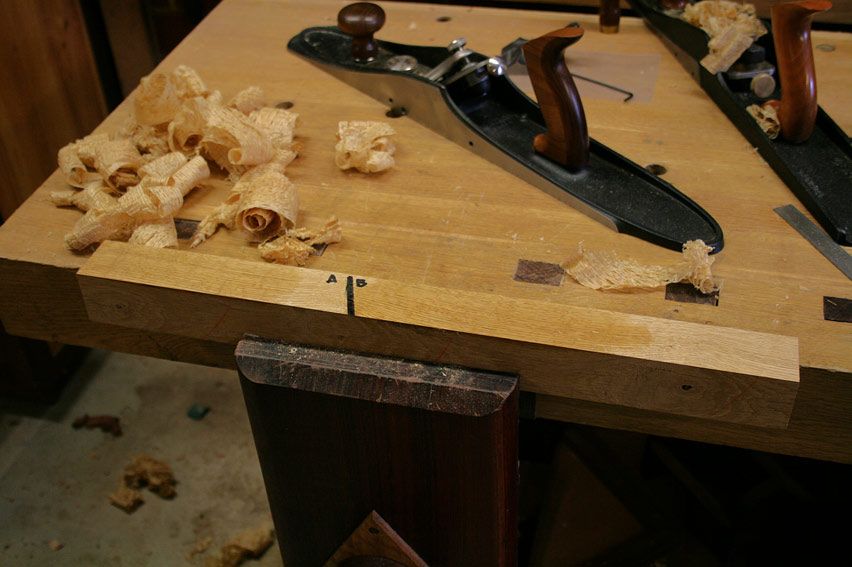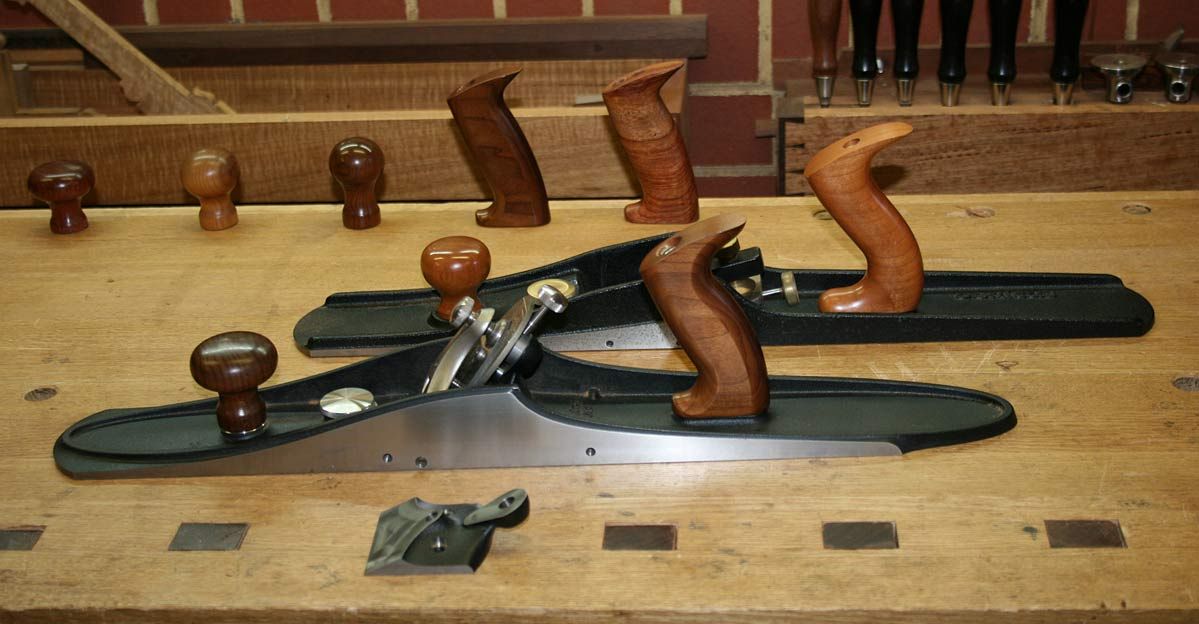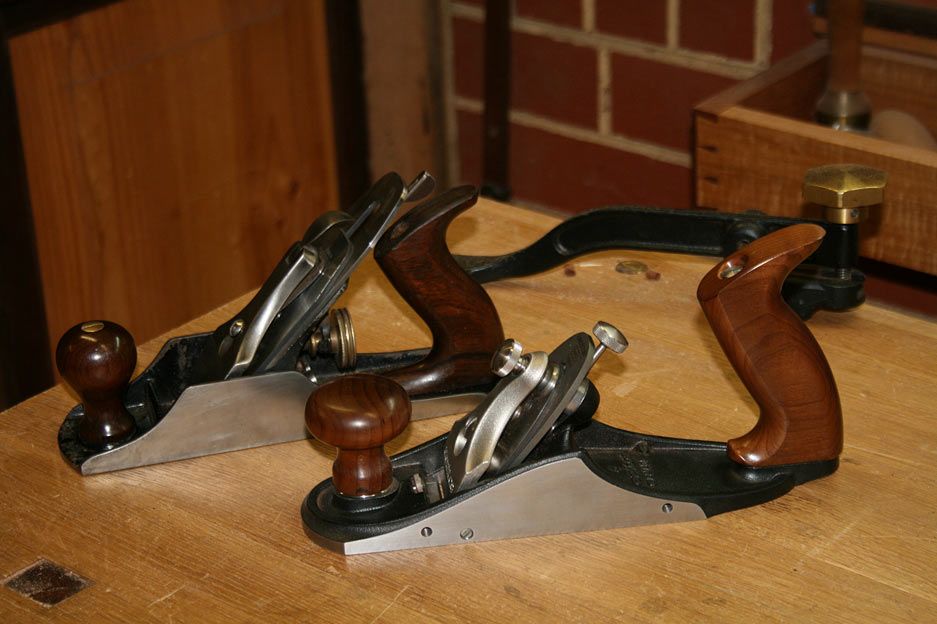That's about what I'd expect with a clear finish. Sanding to 220 vs 320 vs 400 is similar. Once the finish is applied, they all look the same.
However, if the wood is to be stained or dyed, it may make a noticeable difference. The stain is going to absorb differently in these surfaces. I don't stain often but it's something to be aware of.

Originally Posted by
Derek Cohen

The result was given to both my wife and my 21-year old son. Neither could say which was better. They looked identical.
The finish removes any differences. As Dave points out, the harder the wood, the less likely the difference even without a finish.
-- Dan Rode
"We are what we repeatedly do. Excellence, then, is not an act, but a habit." - Aristotle





 Reply With Quote
Reply With Quote






